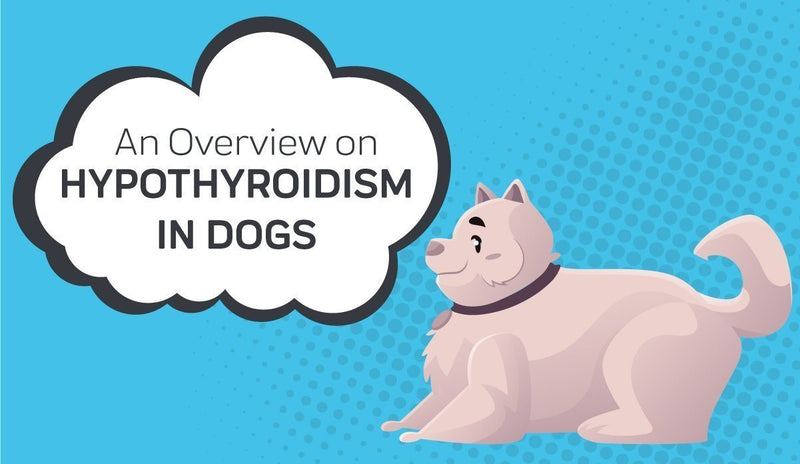Feline Infectious Peritonitis (FIP): Symptoms, Diagnosis & Treatments
![]() Reading Time:
Reading Time:
- What is Feline Infectious Peritonitis (FIP)?
- What are the Symptoms of FIP?
- Which Cats Are Most Susceptible to Feline Infectious Peritonitis (FIP)?
- How FIP is Diagnosed
- How to Treat FIP
- How to Prevent FIP
- The Final Take-Away on FIP

Our pets are a part of our families. They are with us through it all, often for many years at a time, and they love us unconditionally. The least we can do to repay them is to keep them happy, safe, and healthy.
So, when they fall ill, it can be scary for both us owners and our pets, especially if they’re young. Unfortunately, the Feline Infectious Peritonitis virus, FIP for short, is most likely to be found in younger house cats, usually under two years of age. It does not start out as exceptionally dangerous, but it can develop into a larger—even fatal—problem if not taken seriously.
Our furry friends count on us to keep them in check, and that makes it important to stay informed about potential threats they may face. For that reason, we’ll be going over what exactly this illness is, how to treat it, forms of FIP, and how to prevent it.
What is Feline Infectious Peritonitis (FIP)?
The Feline Infectious Peritonitis virus (FIP) derives from a certain type of feline coronavirus (which is a broad term used to describe a type of virus and not to be confused with the more recently identified COVID-19). While many of these strains are a mild feline enteric coronavirus, there’s a 10% chance of it developing into FIPV, and soon after that, FIP.
The initial feline enteric coronavirus (or FeCV) does not warrant concern upon its discovery, but it is important to be aware that it could develop further. Healthy cats one day may be FIP cats the next, which is why it’s crucial to know how that process unfolds.
What are the Symptoms of FIP?

Vet bills are not cheap, and being able to identify this disease (as well as the different strains of the virus) on your own is going to be a big help when it comes to determining whether your cat’s symptoms are a problem or not. For starters, identifying a standard feline coronavirus is easier said than done, as these symptoms resemble the common cold—sneezing, nasal discharge, and in the more extreme cases, diarrhea and/or respiratory complications. There are, however, also symptoms such as weight loss which is almost always a cause for alarm.
There are two major directions the symptoms can go in, depending on the form of FIP your pet has: a dry form of FIP or a wet form of FIP.
Dry Form FIP
In the dry form of FIP, the clinical signs are neurological and generally a slower development. This can be very difficult to identify, both by the lack of anything visually wrong with your pet, and the gradual process by which neurological symptoms are exhibited. When it's hard to determine the clinical signs of the dry form, it will take longer to get a diagnosis of FIP so we recommend you pay attention to your cat's behavior if you feel there is an issue.
Wet Form FIP
When symptoms are exhibited for this form of FIP, it is a much quicker symptom than its dry counterpart and one that festers physically. Infected cats with this type of symptom develop a fluid accumulation in the chest cavity to such a degree that it could make breathing difficult. They might also have a swollen abdomen or chest due to that accumulation of fluid collecting there.
Which Cats Are Most Susceptible to Feline Infectious Peritonitis (FIP)?
It’s thought that a cat’s susceptibility to the Feline Infectious Peritonitis virus may depend on its breed. It seems to be less a case of purebred cats vs. multi-bred cats, but instead, it’s about the susceptibility that specific breeds have to develop FIP. It’s thought that some breeds including Bengal, Himalayan, and Ragdoll cats are more susceptible.
Other conclusions have stated that purebred cats are more susceptible to developing FIP, but this may be because the susceptible breeds are the most likely to be purebred. Sadly, this is a disease that there is very little known about.
Additionally, younger cats are seen to be the most at-risk. Specifically, kittens that are one and a half to two years old are more susceptible to developing FIP. Pets that live in multi-cat households are also at greater risk of getting FIP.
How FIP is Diagnosed
Diagnosis of Feline Infectious Peritonitis (FIP) is still a bit tentative, as the testing cannot differentiate among the full spectrum of FeCV to FIPV to FIP, making it not ideal or reliable to know anything other than the immune response to a common cat coronavirus. There is also little known about a cat’s immune response to an antibody test and the antibody levels themselves.
There are tests that attempt to identify the virus itself as opposed to its antibodies, but they have not proven to have a great success rate. Depending on the virus strain in question, x-rays may be able to identify excess fluid for cats experiencing “wet form” symptoms, but that is not all-encompassing.
The best way to ensure a fully accurate diagnostic test is by examining the cat’s affected tissue, but this is expensive and invasive for the animal.
How to Treat FIP
As there is still a lot about FIP that we don’t know, treatments are sadly lacking. It is unfortunately common that a cat with this feline coronavirus will not recover. There is no current reliable cure for FIP cats, but they can and do undergo various treatments to keep it at bay.
Sometimes, treatments can be found that can help. For instance, anti-inflammatory drugs can lessen pain and irritation within a cat’s tissue, and some patients that experience clinical signs such as fluid accumulation in the body can be released of that build-up in phases.
How to Prevent FIP
Attempting to prevent your pet from contracting a feline coronavirus is challenging and not a perfect science, but there are certainly ways to lessen the chances. For instance, boarding your furry friend at a vet, letting them outside frequently, or having numerous cats in one household can heighten the possibility of exposure simply due to an expanded statistical likelihood. So, preventing illness, keeping them indoors, and having only one cat will reduce the risk that yours contracts a coronavirus.
The feline infectious peritonitis virus (FIP) has a better chance of being avoided if your cat is inoculated against other threats, such as leukemia. This contributes to your pet’s overall immune system and thus combats the possibility of developing FIP.
The Final Take-Away on FIP
Pets are a significant source of our happiness. They are every bit as a part of our family as our relatives, and we owe them the responsibility of keeping their health in check. Cats can’t medicate themselves against disease, so it is up to us to try to inoculate them and identify and treat any illness they get as best as we can.
This illness can seem like a daunting possibility—it is a typically fatal disease that derives from a hard-to-prevent feline coronavirus. However, studying up on clinical signs of diseases like this one can prepare you for action if your cat exhibits any signs.
On a positive note, all forms of FIP are fairly uncommon, and more research is done into animal disease every day. Discuss how best to prevent illness in your pets with your vet, and they should be as protected as possible.
Sources:
Cornell University: College of Veterinary Medicine: Feline Infectious Peritonitis (FIP)Pets WebMD: Cat FIP (Feline Infectious Peritonitis)
MSD Veterinary Manual: Overview of Feline Infectious Peritonitis (FIP)
VCA Hospitals: Feline Infectious Peritonitis (FIP)

LEARN MORE











 CBD Oil for Dogs
CBD Oil for Dogs Advanced Mobility Support Chews for Dogs
Advanced Mobility Support Chews for Dogs All Natural Oatmeal & Honey Shampoo + Conditioner for Dogs
All Natural Oatmeal & Honey Shampoo + Conditioner for Dogs CBD Dog Treats
CBD Dog Treats




